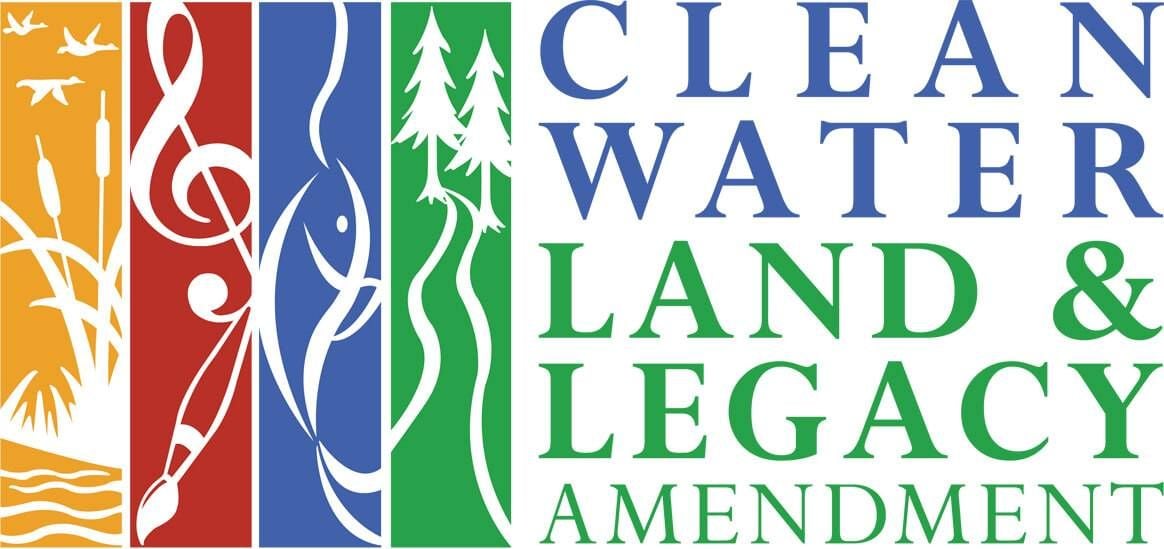Two Students Examine the History of Redlining in Education
The Minnesota Experience National History Day Prize recognizes excellence in documentary filmmaking that revolves around the state's history. In this prize category, students created documentaries that illustrate Minnesota’s rich history through a variety of source materials, interviews and film footage. Elijah Blaylark and Quinn Collins were awarded the prize for their documentary, Erasing the Red Line in Education. We asked them to describe, in their own words, their process and what surprised them while creating their documentary film.

Quinn Collins: Working on this project has brought great reflection on my own school experience and the benefits the school merging provided me in being in a school that thrived from being over 50% minorities in my elementary school in Saint Paul. Getting to learn the stories of the children who were brought up through this school merging shows the strength it gave race relations, despite all the opposition.

Elijah Blaylark: Being an alumni of both Hale and Field, what I thought was most interesting was the fact that I had virtually no knowledge of the history of the merging of the two schools, other than a huge sign on the side of both schools reading "Hale & Field K - 8 Partners Since 1971." Furthermore, looking on both websites during our research, it was difficult to find any information about the merge and more specifically, the racial side of the merge, or the fact that Field parents felt that their children weren't getting adequate resources and education due to the racial make-up of Field and especially compared to the close-by Hale. We were at the downtown Minneapolis library, in the special collection, examining all the old newspapers about Hale and Field and all the documents written by the district and the group for Afro-American teachers about how they felt on the matter of integration. We even found documents written by John B. Davis, the MPS superintendent at the time. We felt like we were uncovering hidden treasure that we weren't supposed to find.

This story is made possible by the Arts and Cultural Heritage Fund and the citizens of Minnesota.
Saint Paul’s neighborhoods of color have a disproportionate number of vacant buildings than areas primarily occupied by white residents. That fact has a direct impact on crime rates, public-health risks and quality of life. Data reporter Kyeland Jackson examines the links between vacant properties and the city’s racial disparities.
Along with other urban centers across the country, the Twin Cities have a history of racially discriminatory housing covenants that prevented people of color from buying homes in certain neighborhoods. That history ripples in the present-day affordable housing crisis: By limiting opportunities for home ownership, people of color were stripped of one key way to build equity over time. Discover more in “Mapping the Roots of Housing Disparities in Minneapolis.”
